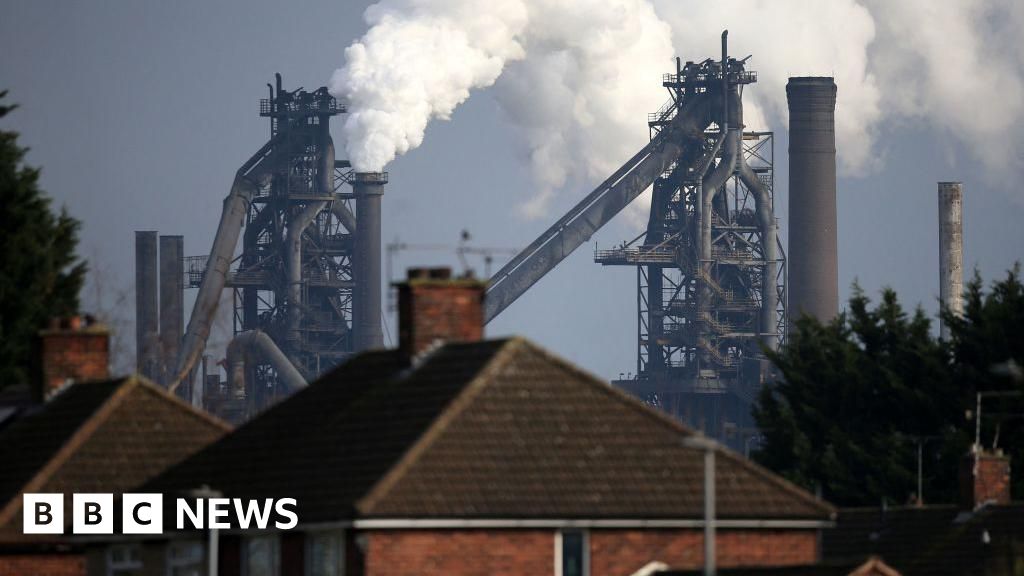
The Shadow of Closure: The Plight of British Steel and the Government’s Response
The future of British steel production hangs precariously in the balance. The UK’s last remaining plant producing virgin steel, a vital cog in the nation’s industrial machinery, is facing an existential crisis, prompting an emergency parliamentary debate and government intervention. This situation highlights the complex web of economic factors, ownership structures, and political pressures that threaten not just a single company, but a crucial sector of the British economy.
The crisis at this major steel plant, located in Scunthorpe, is a culmination of years of challenges. The industry has battled intense global competition, particularly from countries with lower production costs and less stringent environmental regulations. This competitive landscape has squeezed profit margins, making it increasingly difficult for UK steel producers to maintain profitability and invest in modernisation. Fluctuating global demand, influenced by factors like infrastructure projects and economic growth in major markets, adds further instability to an already volatile sector.
The question of ownership is central to understanding the current predicament. While the precise details of ownership may be complex and involve various stakeholders, the potential for government intervention underscores the strategic importance of this facility. The government’s consideration of taking control highlights the perceived national interest in preventing the plant’s closure. The implications of such a move extend beyond the immediate impact on employees and the local community; a closure would ripple through the supply chain, affecting related industries and potentially weakening the nation’s manufacturing capabilities.
The economic consequences of the plant’s closure would be far-reaching. Thousands of direct and indirect jobs are at stake, not only at the Scunthorpe facility itself but also in the wider supply network that supports it. Local communities heavily reliant on the steel industry for employment and economic activity would face a severe blow. Beyond the human cost, the loss of a major steel producer would diminish the UK’s industrial capacity and potentially increase reliance on foreign steel imports, impacting national security and economic independence.
The government’s response is crucial. The emergency parliamentary debate indicates the seriousness with which the situation is being treated. The potential for government control suggests a willingness to take decisive action to prevent a complete collapse. However, the challenges are significant. Simply taking over the plant is not a long-term solution; a comprehensive strategy is required to address the underlying issues that led to the crisis. This strategy likely needs to consider factors such as restructuring the business to improve its competitiveness, securing new investment, and implementing policies to support the long-term viability of the UK steel industry.
Ultimately, the fate of this steel plant and the wider steel industry in the UK represents a broader test of the government’s commitment to maintaining a strong industrial base. It necessitates a careful balancing act between economic pragmatism, social responsibility, and strategic national interest. The coming weeks and months will be critical in determining not only the future of this specific plant, but the direction of UK steel production for years to come. The decisions made now will shape the industrial landscape of Britain for generations.



Leave a Reply